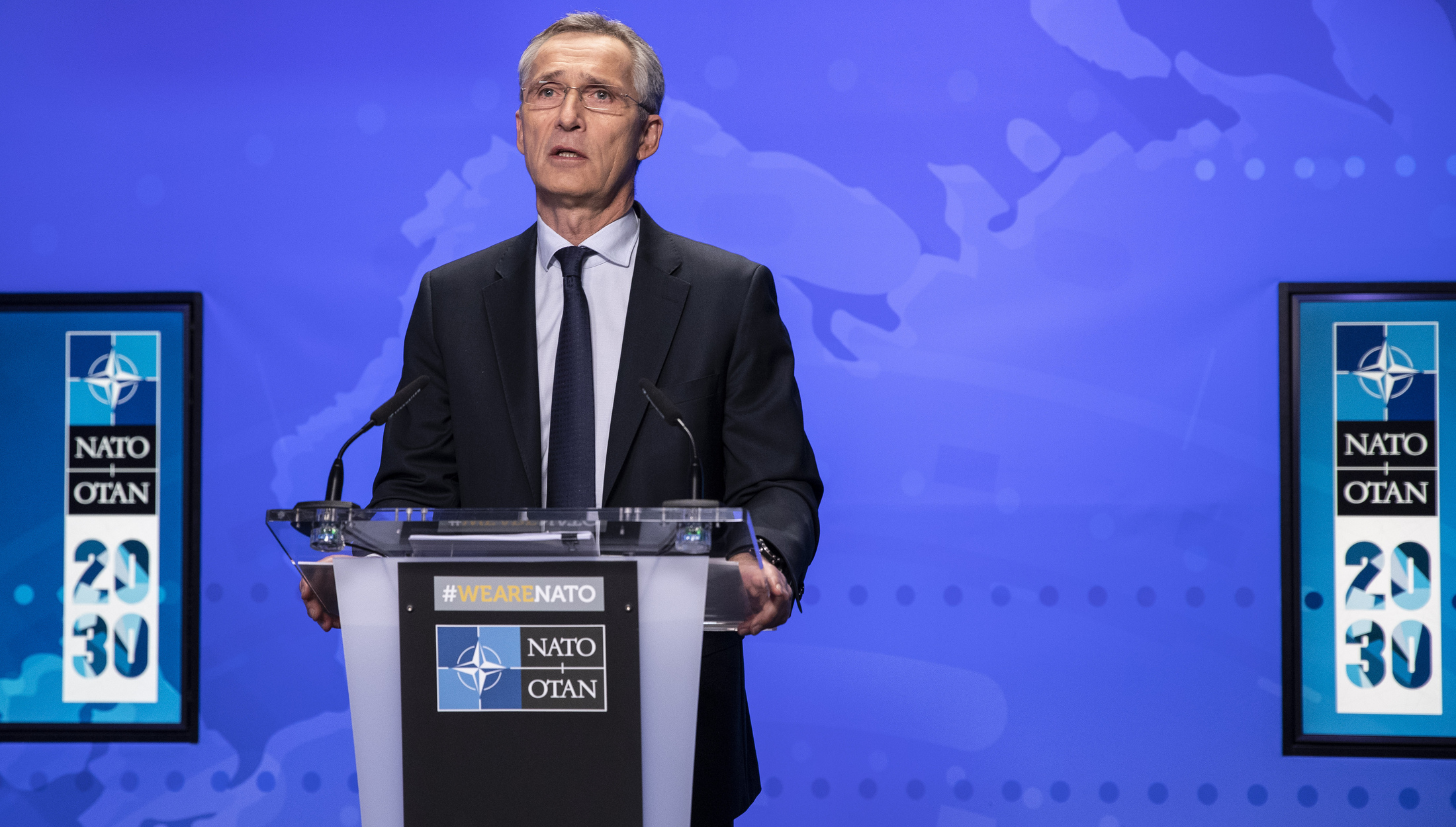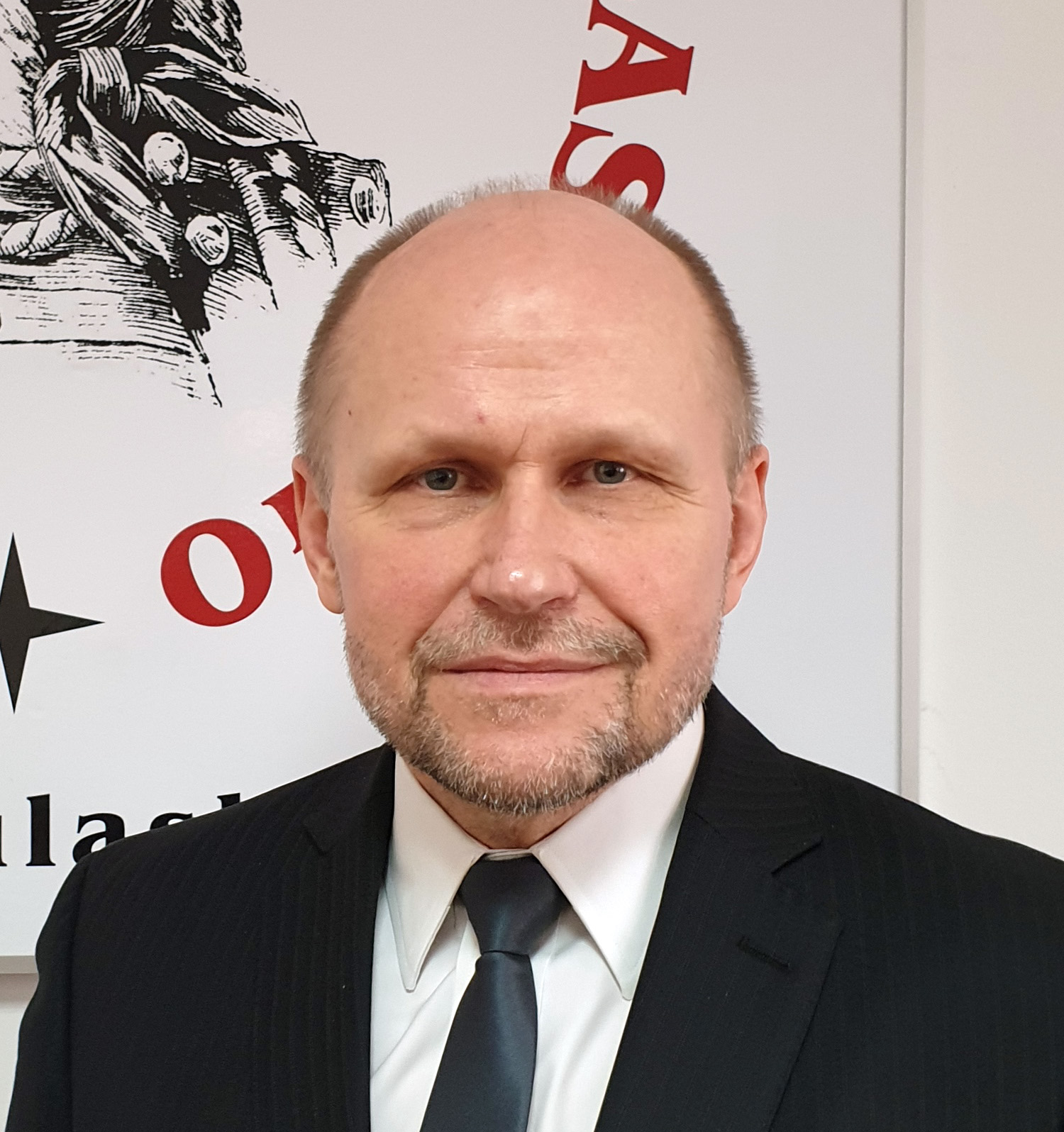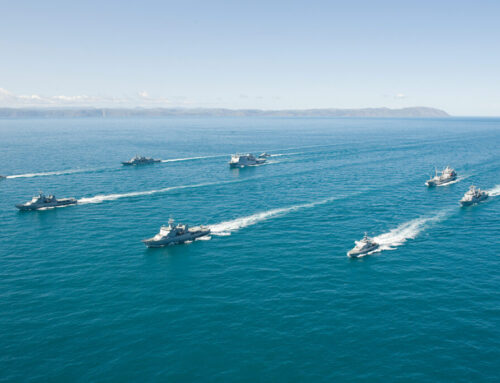PULASKI POLICY PAPER: A. Fałkowski – NATO 2030 – a forced necessity
Autor foto: Domena publiczna

NATO 2030 – a forced necessity
December 8, 2020
Author: Andrzej Fałkowski




PULASKI POLICY PAPER: A. Fałkowski – NATO 2030 – a forced necessity
Autor foto: Domena publiczna
NATO 2030 – a forced necessity
Author: Andrzej Fałkowski
Published: December 8, 2020
Pułaski Policy Paper no. 12, 2020, 8 December 2020
The 2010 Strategic Concept adopted in Lisbon, a sort of signpost defining the directions in which NATO member states should move in the next years, became outdated rather quickly due to the dynamic and fundamental changes in the security environment. At the last few NATO summits there were attempts, at least on the part of some of the Allies, to revise it and set new directions for the future of the Alliance.
Only in early December 2019 in London the heads of state and the heads of government of NATO member countries resolved to initiate the reflection process on the future of the Alliance. One year later, at the beginning of December 2020, a report was published under the following title: NATO 2030: United for a New Era. Analysis and Recommendations of the Reflection Group Appointed by the NATO Secretary General. The question remains whether that report provides any new value for the future.
Unorthodox approach
One aspect worthy of consideration is the speediness with which the agreement was reached and formulated, especially in the context of the COVID-19 pandemic (the report was presented mere eight months after the Group of Experts was appointed in April 2020). It appears as though the remote formula facilitated the agreement on the final text.
The Group of Experts comprised 10 representatives from the major-league NATO members with the greatest potential and significance, which included Poland (represented by Anna Fotyga).
Although the NATO 2030 narrative resembles the selectively consolidated final messages of the last few NATO summits, it accentuates issues in a slightly different and more futuristic manner. The report has 5 chapters, but in reality, when one excludes the introduction and the conclusion, it is divided into two sections: diagnosis and projection.
The first one contains a description of NATO’s legacy and role and analyses the challenges, threats and changes in the security environment and its current status.
The second one provides a series of recommendations for strengthening the Alliance’s future effectiveness. It is these guidelines that will be further analysed by member states and partners, but also by potential adversaries. They will provide an incentive for the formulation of a new Strategic Concept for the years to come. NATO 2030 in part serves that role, although as a terser document (currently, over 60 pages), it would provide a more precise and directive guide.
At the same time the recommendations must be limited in number, condensed and arranged in order of importance beginning with those relating to collective defence, which is critical to protect Poland’s interests. In all, there are over 100 recommendations, though it is difficult to count them all as some recur throughout the text in a changed form. It is important to remember that when everything is important, nothing is a priority.
New-old approach?
Importantly in the current climate, the report frequently mentions democracy and refers to the devotion among all members to the “principles of democracy, rule of law and individual liberty,” as the overriding values, and the political status and unity of the Alliance, which are increasingly important. The NATO 2030 report lists (in the manner of a superpower) a wide range of threats, including newly emerged ones and those which were mentioned only briefly in earlier reports.
Despite its great potential, NATO cannot overcome all those challenges. Some (e.g. climate, humanitarian, pandemic and cyber threats and natural disasters) fall within the broadly understood realm of security and they should stay in the Alliance’s situational awareness. Nonetheless, other international organisations should take on a leading role in building resistance to threats.
One cause for concern is NATO’s interest in the “physical” expansion beyond its traditional delimitations reflected in the Alliance’s name defined by the Treaty. The Alliance members may not find it hard to shift their interest south of the Mediterranean Sea (although it too lies beyond the area delineated by the Treaty). Terrorism, migration and the impact of Russia and China in that region increasingly threaten NATO’s southern periphery. However, taking into consideration the diverse threats, it is more problematic to accept NATO’s interest in China. With its technological aspirations and the military and trade expansion, China can no longer be seen as a purely Asia-focused player, as stated in the report. From the point of view of the Allies, it does not fall within the Area of Responsibility defined in the Treaty, but it represents a very global dimension. In that respect, the Alliance needs new political solutions and a broader formula, perhaps even a partnership, considering, for example, that Russia is a partner who holds a special status.
From the point of view of Poland, the dispersion of efforts is not to its advantage. Non-Article 5 operations posed (and still pose) a major challenge for member countries. Admittedly, they fulfilled their purpose by strengthening interoperability and cohesion and moving the danger away from the Allies. The effectiveness, long-term perspective and the heavy burden that comes with peacemaking remain an open question.
In the presented global approach, the original purpose of NATO is slowly fading away. It is a fact that most of the threats are global in nature, but this is no reason to transform a well-oiled defence organisation into a “global policeman” with multi-access to the umbrella, without a membership requirement. One consequence of a too wide approach could be complete dysfunction of the Alliance, i.e. the brain death predicted by Emmanuel Macron.
Ironically, by expanding its political superstructure and activity in every direction, NATO may lose balance and its biggest strength, that is, its military edge which have deterred adversaries and strengthened the whole Western bloc.
Next step
For now, we do not know how the new U.S. administration and the newly elected President Joe Biden will respond to the NATO 2030 recommendations, or the next Strategic Concept. Joe Biden will take part in his first NATO Summit in 2021.
At the present time, optimism is hard to come by in formulating the new Strategic Concept. In this context divergent national interests could reappear with full force. The new concept is unlikely to be defined in such a short span – the Allies are certain to be less flexible than the Group of Experts – like it happened with the approval of the recently presented “guidelines for the guidelines” for the concept. Here, the power of the principle of consensus, which still applies, becomes evident. Although it causes a nuisance for decision-making, it is the most important factor in ensuring the strength and durability of the Alliance. Indeed, it is difficult to reach an agreement at every level of the very long chain of NATO’s decision-making. When the consensus does emerge, all the countries, equally dissatisfied with the agreed solutions, must identify with them. That is why it is very risky to attempt moving away from the unanimity or diluting it by suggesting, as the report recommends, e.g. that some of the decisions should be entrusted to administrative structures of NATO or that the threshold for project blockages should be raised to Ministerial level.
Perspectives
The purpose of NATO 2030 is to provide a cure-all for internal bargaining, the Alliance’s tardiness in making decisions and the difficulties in adjusting its structures and reach preventing a fast response. The self-reflection and development of a new strategy have become a burning issue. In other words, it was high time that such a document was formulated. Will it unite the Allies around a shared strategic vision and common values? It will become clear next year when the new Strategic Concept, for which the report provides a point of reference, will be formulated and adopted. The report highlights issues that are important not only from the military point of view, but primarily from political one, based on the analysis of threats to global security. Admittedly, many of its provisions, guidelines and declarations had been adopted before, but what counts is the overall message of the report.
The biggest cause for concern is the departure from efforts focused on the Euro-Atlantic area. The more global approach is more and more evident and the need for collective defence of Europe and North America against threats to their security and democratic system is stronger than ever. The question remains whether the excessive expansion of NATO’s portfolio and its high aspirations will or will not inadvertently lead to creation of a new global peace organisation. In a sense, NATO has already taken on that role.
Conclusions
1. At the beginning of December 2019 in London the heads of state and the heads of government of NATO member states resolved to initiate the reflection process on the future of the Alliance, which resulted in the publication of the NATO 2030 report in December 2020. The report is designed to provide an incentive for the formulation of a new Strategic Concept for the years to come.
2. The NATO 2030 report lists a wide range of threats, including newly emerged ones and those which were mentioned only briefly in earlier reports, and provides over 100 recommendations.
3. One cause for concern is NATO’s interest in the expansion of its activity beyond its traditional delimitations reflected in the Alliance’s name defined by the Treaty. From the point of view of Poland, the dispersion of efforts is not to its advantage. Non-Article 5 operations posed (and still pose) a major challenge for member countries. Admittedly, they fulfilled their purpose by strengthening interoperability and cohesion and moving the danger away from the Allies. The effectiveness, long-term perspective and the heavy burden that comes with peacemaking remain an open question.
4. Although it causes a nuisance for decision-making, the principle of consensus is the most important factor in ensuring the strength and durability of the Alliance. Once a unanimous agreement is reached, all Allies must identify with it. That is why it is very risky to attempt moving away from the unanimity or diluting it by suggesting, as the report recommends, e.g. that some of the decisions should be entrusted to administrative structures of NATO or that the threshold for project blockages should be raised to Ministerial level.
Author: Lt Gen Andrzej Fałkowski, Senior Fellow at the International Security and Defence Programme of the Casimir Pulaski Foundation, Military Representative of Poland to the NATO Military Committee and the European Union Military Committee in Brussels (2014-2018).
Photo: NATO
Download the article in PDF





